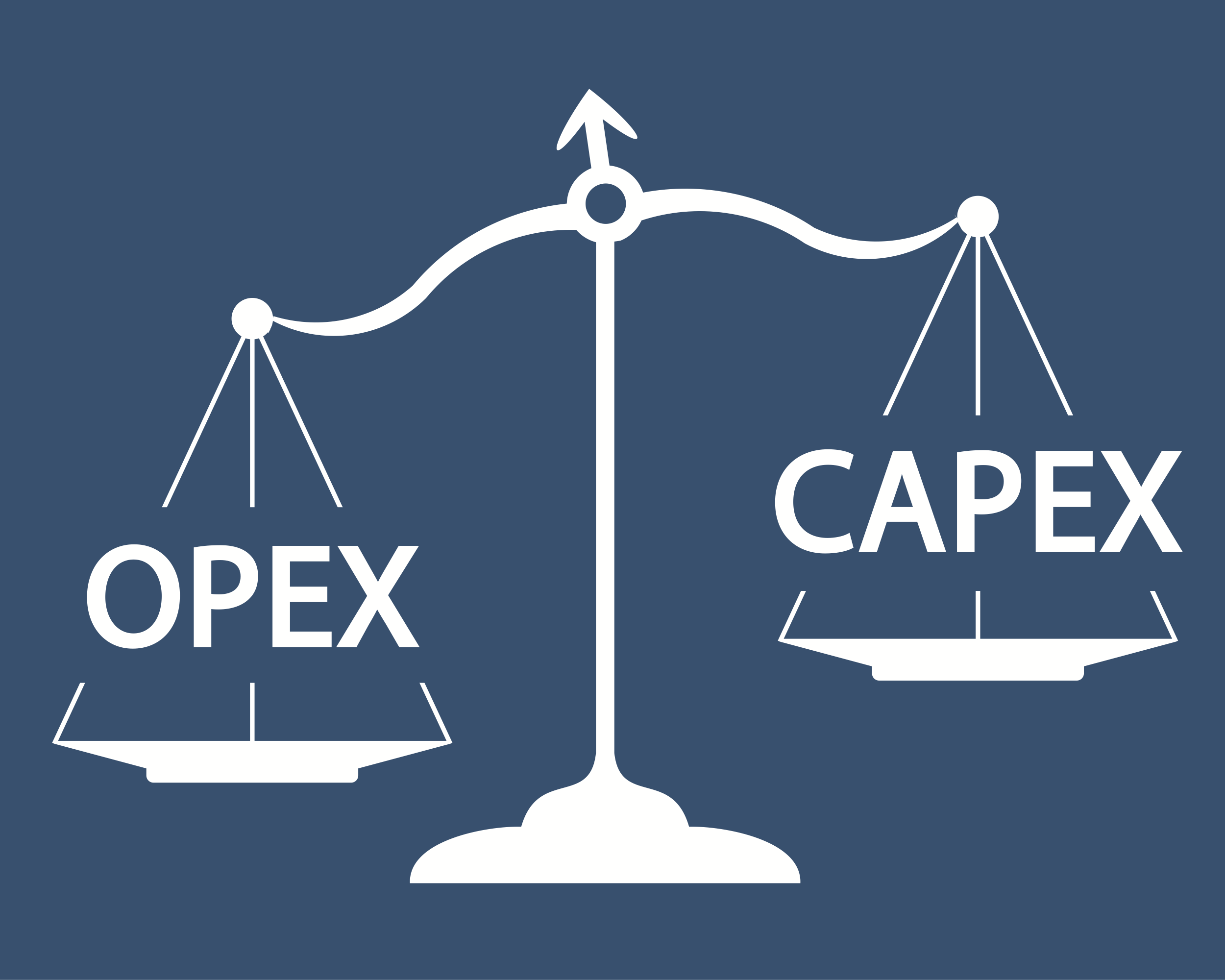Andhra Pradesh Takes Lead with 23% State Capex Spending, While Karnataka and Bihar Surpass 100%

Andhra Pradesh Takes Lead with 23% State Capex Spending, While Karnataka and Bihar Surpass 100%
An analysis reveals that most large states in India have fallen significantly behind their budgeted capital expenditure (capex) targets for FY23. The targets were set at Rs 7.4 lakh crore, but the states could only spend Rs 5.71 lakh crore, which amounts to 76.2 percent of the target. Among the states, only Karnataka, Sikkim, Arunachal Pradesh, and Bihar managed to exceed their capex targets, while Jharkhand and Madhya Pradesh achieved 98 percent of their targets. Eleven states achieved 80 percent of their target, according to economists from the Bank of Baroda.
Comparatively, in FY21, the underachievement level stood at a high of 72 percent, mainly due to emergency spending related to the pandemic. This improved to 95 percent in FY22, indicating progress in meeting the capex targets.
The analysis highlights the challenges faced by large states in meeting their capex targets for FY23. While some states have performed well and exceeded their targets, a majority have fallen short. The pandemic and emergency spending in previous years impacted the achievement levels, but improvements have been observed. The analysis provides insights into the state-wise capex spending trends, reflecting the overall capital expenditure scenario in India.
The analysis reveals a surprising outcome where none of the 25 states for which data is available has been able to achieve even three-fourths of their capital expenditure (capex) targets. The highest success rate recorded is only 72.4 percent, indicating a significant shortfall. This is unexpected considering that the required funds were disbursed by the central government.

Andhra Pradesh had the lowest performance, spending only 23.1 percent or Rs 6,917 crore out of the budgeted Rs 29,917 crore. Haryana followed closely, achieving only 48.1 percent or Rs 10,604 crore out of the allocated Rs 22,047 crore. Rajasthan managed to surpass the halfway mark, reaching 50.2 percent or Rs 19,650 crore out of the budgeted Rs 39,148 crore. Tripura spent only 41.3 percent or Rs 2,185 crore out of the allocated Rs 5,285 crore, while Nagaland achieved 47.7 percent or Rs 7,936 crore out of the budgeted Rs 16,650 crore.
On the other hand, Maharashtra leads with a target achievement of 72.4 percent, utilizing Rs 60,499 crore out of the allocated Rs 83,530 crore for FY23.
The analysis highlights the significant underachievement in capex spending by the states. Despite the disbursement of funds by the central government, most states fell far behind their targets. Maharashtra emerges as a relatively better performer, but overall, the data indicate a considerable gap between the budgeted capex and actual spending by the states.
In a surprising turn of events, Kerala, which is known for its slower progress, secures the second position with a capex achievement of 69.4 percent. The state spent Rs 13,407 crore out of the budgeted capex of Rs 19,330 crore. Uttar Pradesh takes the third spot, achieving 69 percent of its allocated capex, utilizing Rs 93,555 crore out of the budgeted Rs 1,35,677 crore.
Uttarakhand closely follows in the fourth position with 68.4 percent of its budgeted capex of Rs 11,987 crore. Meghalaya secures the fifth position, achieving 67.8 percent of its allocated capex of Rs 3,233 crore. West Bengal stands at the next position, achieving 67.6 percent of its budgeted capex of Rs 33,144 crore. Assam follows with 64.5 percent of its allocated capex of Rs 24,064 crore. Punjab achieves 61.1 percent of its budgeted capex of Rs 10,930 crore. Telangana stands at 59.6 percent of its allocated capex of Rs 29,064 crore.
The data shows surprising performance by states that are traditionally considered to lag in terms of development. Kerala’s higher achievement in capex spending indicates a positive trend. Uttar Pradesh, Uttarakhand, Meghalaya, and other states have also showcased relatively strong performance in utilizing their allocated capex.
Contrary to the performance of the states in capex spending, the report states that the Centre has successfully met its targets for actual capex in various sectors and loan disbursals to the states. This suggests that the central government has been able to effectively allocate funds and meet its expenditure targets.
Additionally, the report highlights that Punjab and Andhra Pradesh, two states known for providing significant subsidies and freebies, have also exceeded their deficit targets. This implies that these states have incurred higher deficits than initially projected.
The information indicates a disparity between the performance of states in capex spending and the central government’s ability to meet its targets. While the Centre has achieved its goals, some states, including Punjab and Andhra Pradesh, have surpassed their deficit targets despite their expenditure patterns.

It is common for states to prioritize project implementation and investments in the fourth quarter of the fiscal year to assess their fiscal balances. This approach often results in a lack of identification and execution of sufficient projects within the limited timeframe, leading to missed targets.
The tendency to concentrate efforts in the final quarter can be attributed to several factors. States may delay project initiation as they await a clearer picture of their financial position and available resources. Additionally, the time required for project planning, approval, and execution can contribute to the delay in implementation.
To improve performance and achieve capex targets, states must plan and identify projects throughout the fiscal year, ensuring a consistent pace of implementation. This approach allows for better project evaluation, resource allocation, and timely completion, minimizing the risk of missing targets in the future.




